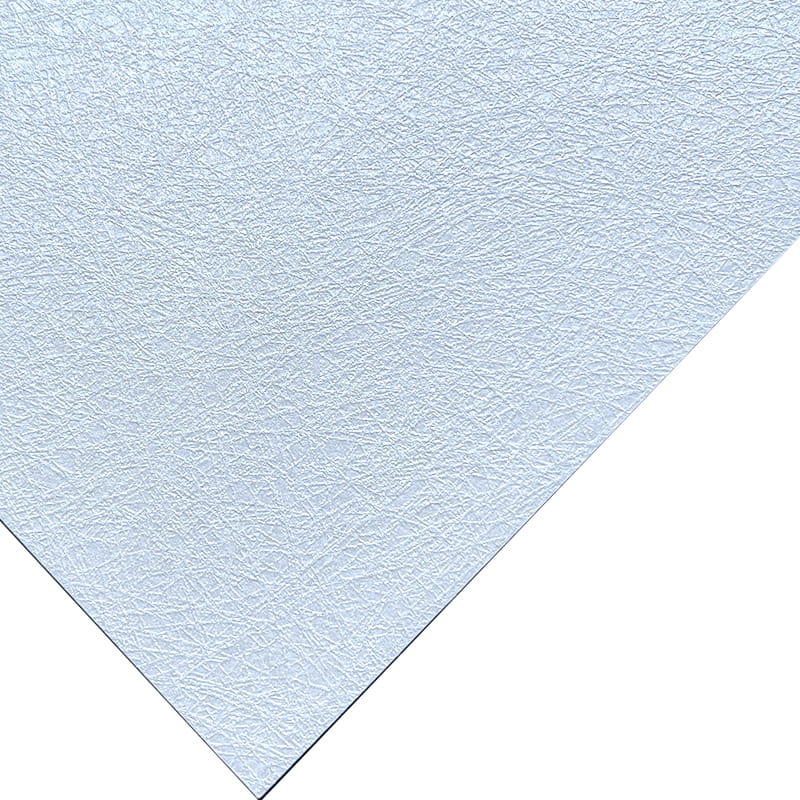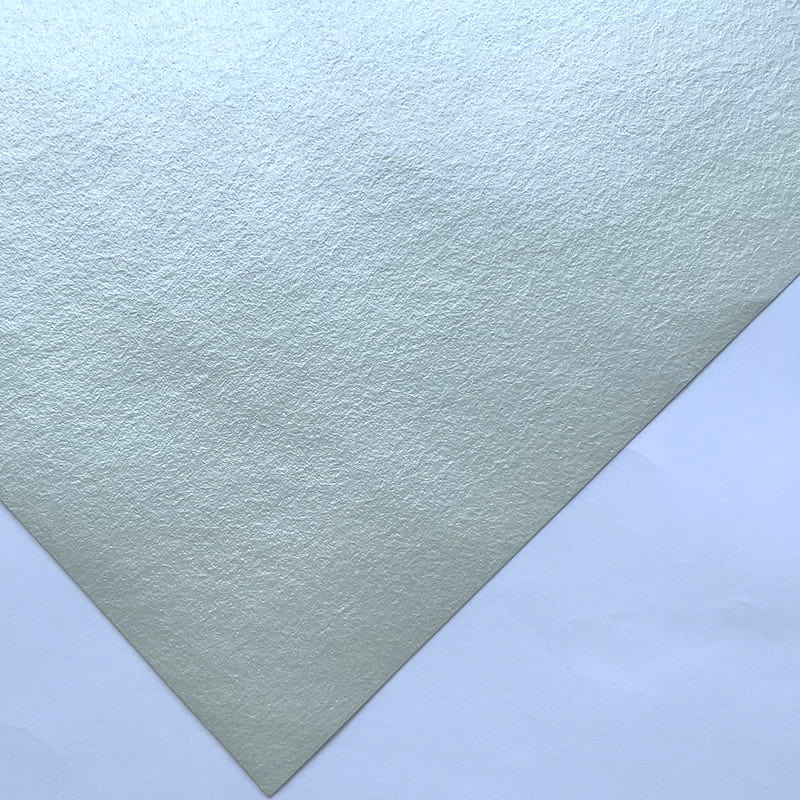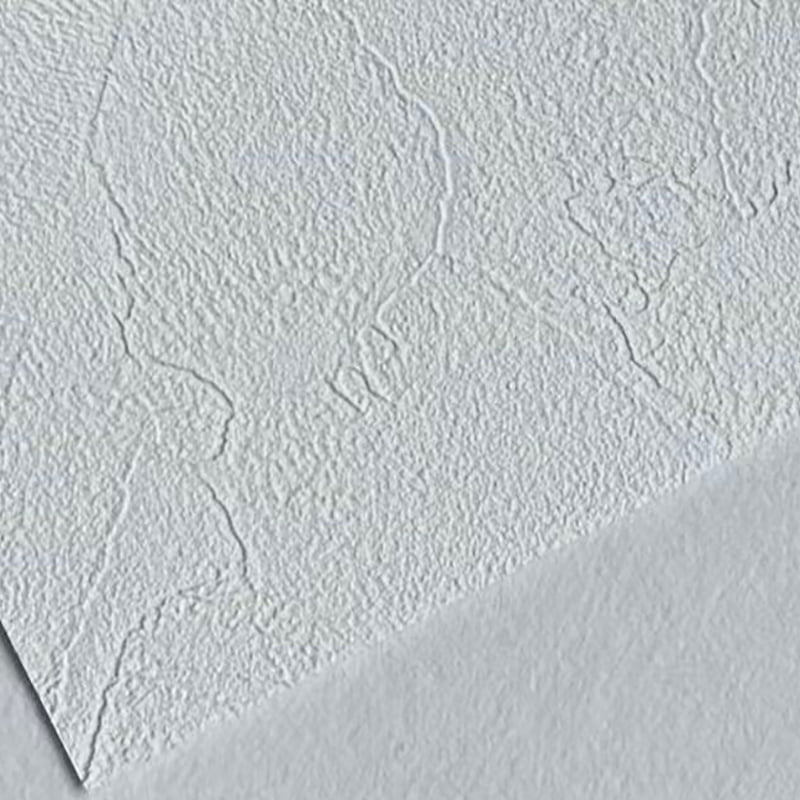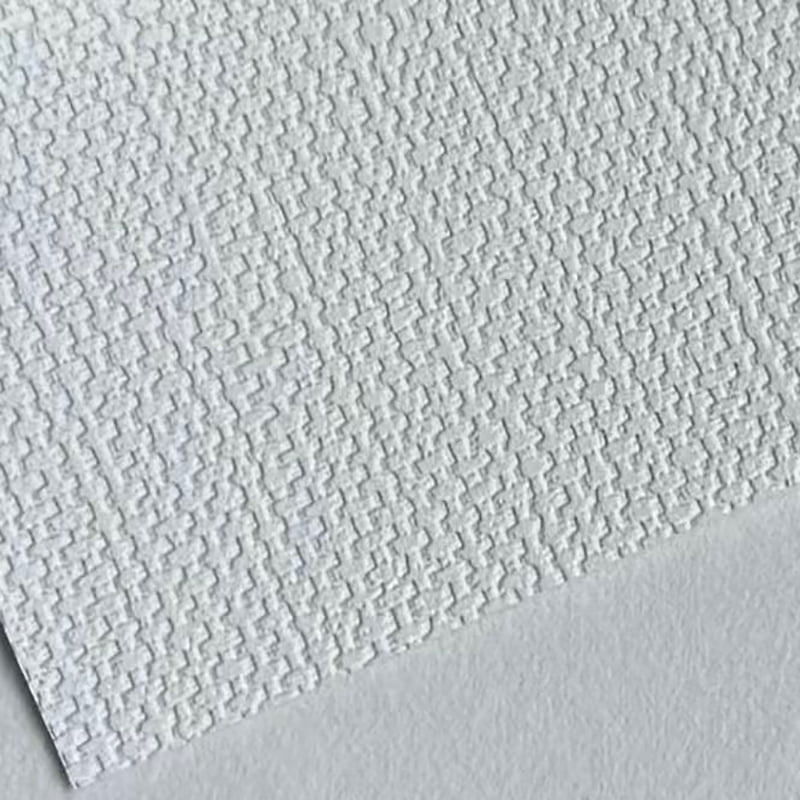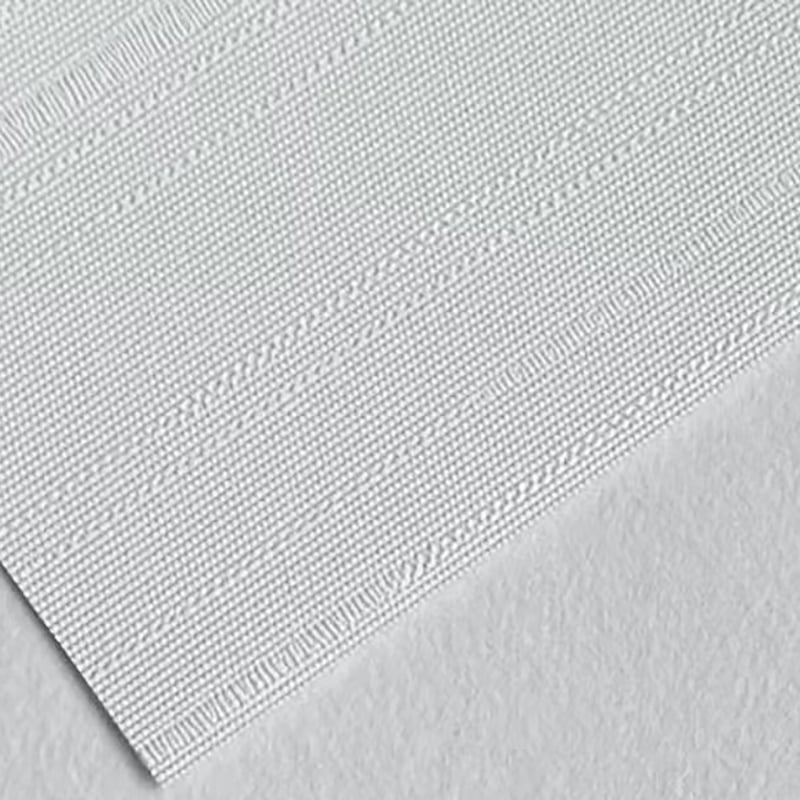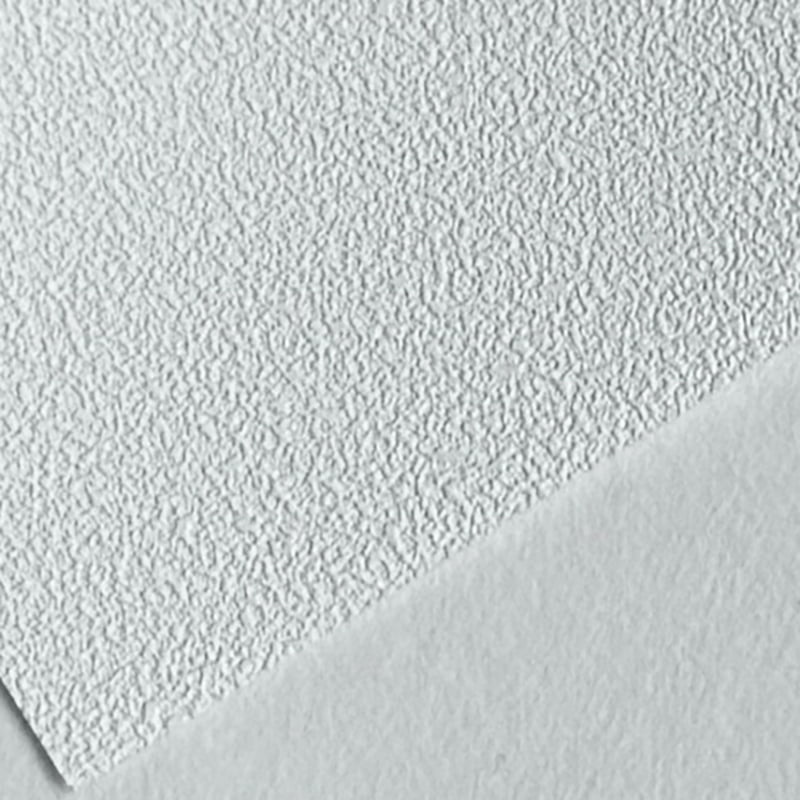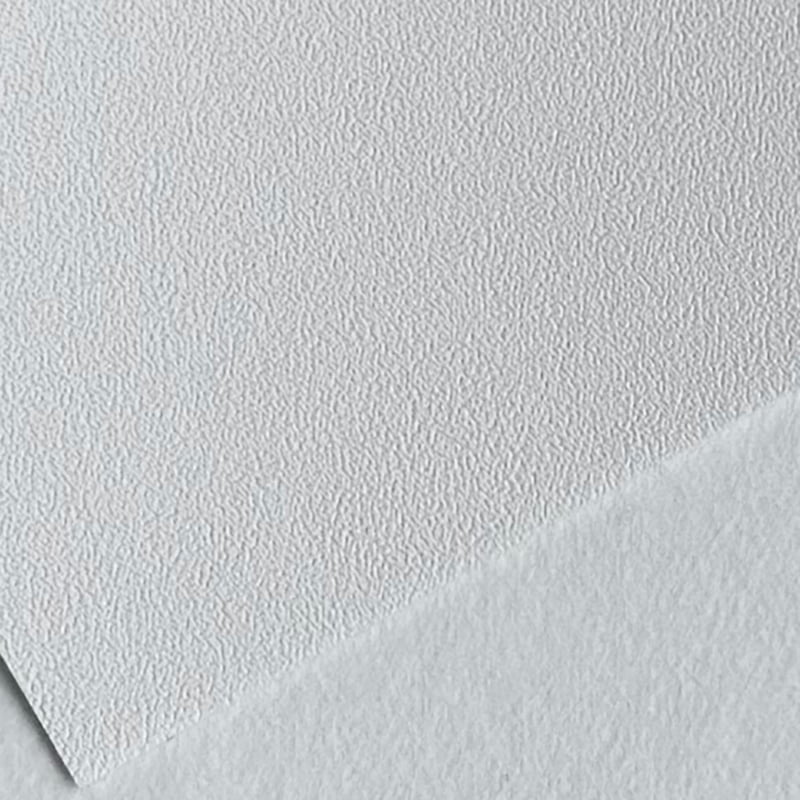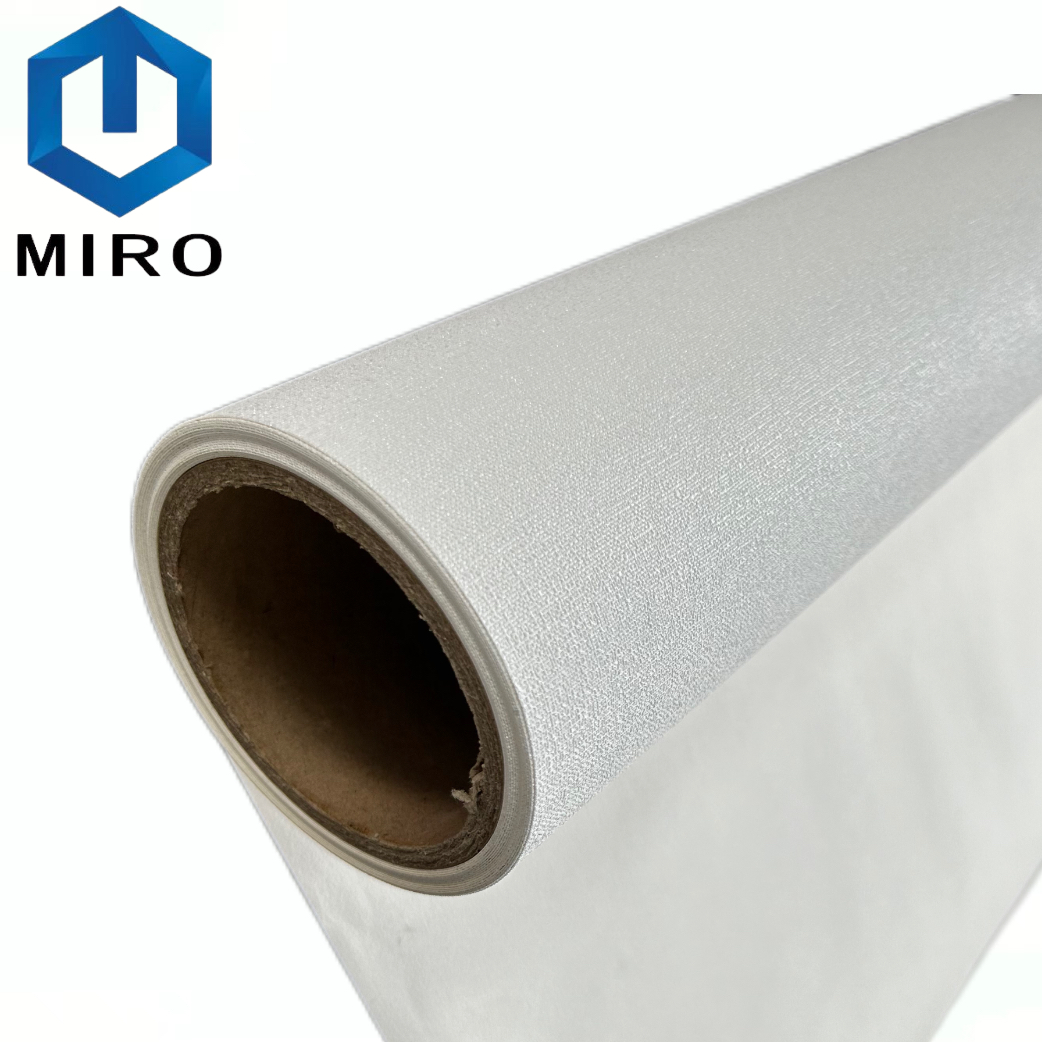Navigating the World of Bulk Wallcoverings
The interior design and commercial décor industries are increasingly turning to customizable solutions to meet unique client demands. Within this sphere, printable wallpaper and wallcoverings represent a dynamic and growing segment. For businesses, from small print shops to large interior design firms, sourcing these materials effectively is paramount to profitability and project success. This comprehensive guide is designed to demystify the process of finding and selecting the right Wholesale Printable Wallpaper Wallcoverings Materials Suppliers. We will delve into critical aspects such as material types, supplier vetting, cost considerations, and emerging trends, providing you with the knowledge needed to make informed, strategic decisions for your business. The goal is not just to find a supplier, but to establish a partnership that ensures consistency, quality, and reliability for all your wallcovering projects.
Five Key Considerations for Your Sourcing Strategy
Before diving into specific supplier types, it's crucial to understand the foundational pillars of a successful sourcing strategy. These considerations will guide your evaluation process and help you ask the right questions when engaging with potential partners.
Material Quality and Composition
The base material is the heart of any printable wallcovering. Its quality dictates the final print's vibrancy, durability, and application suitability. Understanding the composition is non-negotiable.
- Vinyl vs. Non-Woven: Vinyl-based wallcoverings, often PVC, are known for their exceptional durability and moisture resistance, making them ideal for high-traffic areas like hospitals and restaurants. Non-woven fabrics, typically a blend of cellulose and synthetic fibers, are breathable, easier to hang (paste-the-wall method), and often considered more environmentally friendly.
- Weight and Thickness: The weight (usually measured in oz/yd² or g/m²) directly impacts the material's handle, tear resistance, and opacity. A heavier material often feels more premium and is less likely to tear during installation.
- Surface Finish: Suppliers offer various finishes, such as matte, satin, gloss, and textured. The finish affects the visual appeal and light reflection of the printed design. A matte finish reduces glare and hides imperfections, while a gloss finish provides vibrant color pop and is easier to clean.
Print Technology Compatibility
Not all wallcoverings are created equal for all printers. Ensuring compatibility with your printing technology is essential to avoid costly mistakes and achieve the desired output quality.
- Latex Inks: Water-based latex inks are eco-friendly, odorless, and suitable for indoor environments. They require materials with a receptive coating to ensure proper adhesion and color gamut.
- Solvent/Eco-Solvent Inks: These inks are renowned for their durability and water resistance. They require materials that can withstand the aggressive solvents and often need to outgas (release vapors) for a period after printing.
- UV-Curable Inks: UV inks are instantly cured by LED lights, allowing for printing on a wide range of uncoated, heat-sensitive materials. They produce highly durable and scratch-resistant prints.
Always request a material compatibility chart from your supplier and conduct thorough test prints before committing to a large order.
Minimum Order Quantity (MOQ) and Pricing Tiers
Financial feasibility is a cornerstone of wholesale purchasing. Understanding a supplier's MOQ and pricing structure is critical for budgeting and inventory management.
Suppliers typically structure their pricing in tiers. For example, the price per square meter may drop significantly once you exceed 500m² and again at 1,000m² and 5,000m². While a lower MOQ offers flexibility for smaller businesses or testing new materials, it often comes at a higher per-unit cost. Conversely, committing to a high MOQ usually secures the best price but carries the risk of holding excess inventory if demand fluctuates. It's vital to find a supplier whose MOQ aligns with your business volume and growth projections. Some suppliers offer stock programs with no MOQ but slightly higher prices, which can be an excellent option for startups.
Reliability and Logistics
A perfect material is useless if it doesn't arrive on time and in perfect condition. The logistical capabilities of a supplier are as important as the product itself.
- Consistency: Batch-to-batch consistency in color, texture, and coating is vital for large projects or re-orders. Inconsistent materials can lead to visible seams and color mismatches.
- Lead Times: What is the standard production and shipping time? Can they accommodate rush orders? Reliable suppliers provide clear timelines and communicate proactively about any potential delays.
- Packaging: Wallcoverings must be shipped on cores and in robust packaging to prevent crushing, bending, or moisture damage during transit. Inquire about their standard packaging protocols.
- Shipping Options: Do they have multiple shipping partners? Can they ship internationally? A supplier with a robust logistics network can often provide more reliable and cost-effective shipping solutions.
Uncovering Specialized Wholesale Opportunities
The market for printable wallcoverings is diverse, catering to numerous niches. Targeting your search towards specialized suppliers can yield better prices, higher quality products, and more tailored service for your specific business needs.
bulk custom printed wallpaper for contractors
Contractors operating in the commercial and residential sectors require wallcoverings that are not only visually appealing but also incredibly durable and easy to install. Their projects often have tight deadlines, making reliability a key concern. Suppliers catering to this niche understand these pressures. They typically offer a range of heavy-duty materials, such as Type II vinyl, which are scrubbable, strippable, and meet fire safety ratings (e.g., Class A). Furthermore, these suppliers are accustomed to handling large, complex orders and providing necessary documentation, such as material safety data sheets (MSDS) and certificates of compliance. For a contractor, partnering with a supplier that guarantees consistent material performance from one job to the next is invaluable for maintaining their reputation and ensuring client satisfaction. The focus here is on turnkey solutions that minimize on-site issues.
commercial grade peel and stick wallpaper wholesale
The advent of advanced adhesive technologies has revolutionized the removable wallpaper market. Commercial-grade peel-and-stick products are a far cry from their flimsy predecessors. This category is booming due to its convenience for renters, retail pop-ups, and temporary event spaces. When sourcing wholesale, it's critical to look beyond the basic adhesive. High-quality commercial products feature:
- Renewable Adhesive: The adhesive should be strong enough to adhere to various surfaces (including lightly textured walls) without leaving residue upon removal. It should be repositionable during installation.
- Durable Top Layer: The printable surface must be resistant to scratches, fading, and, in some cases, even mild chemicals for cleaning.
- Breathability: Especially important for rented spaces, a breathable material prevents moisture trapping, which can lead to mold growth and damage to the underlying wall.
Suppliers specializing in this niche will provide detailed specifications on adhesion strength, removability expectations, and compatible wall surfaces.
eco friendly printable wallpaper material suppliers
Sustainability is no longer a niche concern but a mainstream demand. Architects, designers, and homeowners are actively seeking environmentally responsible building materials. Eco friendly printable wallpaper material suppliers cater to this conscious market by offering products with a reduced environmental footprint. Key attributes to look for include:
- Recycled Content: Materials made from post-consumer or post-industrial recycled fibers.
- PVC-Free Formulations: Avoiding vinyl (PVC) in favor of alternative polymers or natural fiber-based non-wovens, which are easier to recycle and don't release chlorine-based chemicals if incinerated.
- Water-Based Inks & Coatings: Ensuring the entire product, not just the base material, is eco-friendly.
- Certifications: Look for independent certifications like GREENGUARD Gold (for low VOC emissions), FSC (Forest Stewardship Council) for paper products, or Cradle to Cradle certification, which assesses a product's safety to humans and the environment and its design for future life cycles.
While these materials may come at a premium, they allow businesses to tap into the growing green building market and meet corporate sustainability mandates.
wholesale textured wallcovering for digital printing
Texture adds a tactile, luxurious dimension to walls that flat prints cannot replicate. Sourcing wholesale textured wallcovering for digital printing requires an understanding of how texture interacts with the printing process and final application. These materials come in various forms:
- Embossed Surfaces: Patterns like linen, canvas, or grasscloth are physically pressed into the material before it receives its printable coating.
- Incorporated Texture: Non-woven materials often have a natural, subtle texture due to their fibrous composition.
- Top-Coated Texture: A clear, textured layer is applied over the printed design to protect it and add depth.
The primary challenge with textured wallcoverings is ensuring print quality. The printing process must be calibrated so that the printheads do not strike the textured peaks, which could cause damage and print defects. Furthermore, textures can slightly mute colors and fine details compared to a smooth surface. Suppliers in this space should provide precise printer profile settings and recommend ink types that best complement their textured products.
large format printing wallpaper rolls suppliers
The scale of production is a defining factor. Large format printing wallpaper rolls suppliers specialize in manufacturing and distributing jumbo-sized rolls that are essential for commercial printers and large projects. Their focus is on efficiency and cost-effectiveness at scale. Key differentiators for these suppliers include:
- Roll Width and Length: They offer standard and wide widths (e.g., 1.37m / 54" is common) on long, continuous rolls to minimize waste and seams in large applications.
- Core Size: Larger cores (e.g., 3-inch) are standard to prevent deformation and ensure smooth rolling on large-format printers.
- Warehousing and Slitting: Many offer custom slitting services, allowing you to order rolls cut to your precise width requirements, reducing waste and handling in your own facility.
- Volume Pricing: Their business model is built around high-volume sales, meaning they can offer the most competitive pricing tiers for businesses with significant monthly material consumption.
Partnering with a dedicated large-format supplier ensures that you receive a product optimized for the mechanical demands of high-production printing environments.
Making the Final Decision: A Supplier Comparison
After shortlisting potential suppliers based on the above niches and considerations, a structured comparison is the final step. This involves going beyond the sales pitch and gathering concrete data.
Requesting and Evaluating Samples
Never, ever place a wholesale order without first receiving and thoroughly testing a sample. A sample kit is the most valuable tool at your disposal. Your evaluation should be meticulous and include the following tests:
- Print Test: Print a file containing your standard color profiles, fine lines, gradients, and solid blocks of color. Examine for color accuracy, sharpness, and any banding or mottling.
- Physical Tests: Perform a scratch test, a tear test, and if applicable, a test for washability with a mild detergent.
- Application Test: For peel-and-stick, apply a piece to a test wall and leave it for a few days before attempting to remove it. Check for residue and wall damage. For paste-the-wall, test its hangability and how it reacts to the paste.
- Odor Test: Especially for vinyls and solvent-printed samples, check for any strong, lingering odors that would be unacceptable for indoor spaces.
Comparing Key Metrics
To objectively compare suppliers, create a spreadsheet with the following metrics for each candidate. This will provide a clear, at-a-glance view of how they stack up against each other and your requirements.
| Metric | Supplier A | Supplier B | Supplier C |
|---|---|---|---|
| Price per m² (at your volume) | $X.XX | $X.XX | $X.XX |
| Material Lead Time (days) | XX | XX | XX |
| MOQ (rolls/sq. meters) | XXX m² | XXX m² | XXX m² |
| Print Tech Compatibility | Latex, UV | Eco-Solvent, Solvent | Latex, Eco-Solvent, UV |
| Key Material Certification | GREENGUARD Gold | Class A Fire Rating | FSC Certified |
| Sample Quality Score (1-5) | X | X | X |
Building a Successful Partnership
Selecting a supplier is not a one-time transaction; it's the beginning of a business relationship. The most successful partnerships are built on clear communication and mutual growth. Once you have selected a supplier, initiate a dialogue about your long-term needs. Discuss their process for handling issues like a defective roll or a delayed shipment. A good supplier will have clear policies and work with you to find solutions, not assign blame. Provide them with constructive feedback on their products; if you encounter a recurring issue, they need to know so their R&D department can address it. As your business grows, a strong relationship with a reliable supplier will be a significant competitive advantage, ensuring you have consistent access to high-quality materials that meet your and your clients' evolving needs.


 中文简体
中文简体 English
English русский
русский Español
Español عربى
عربى

